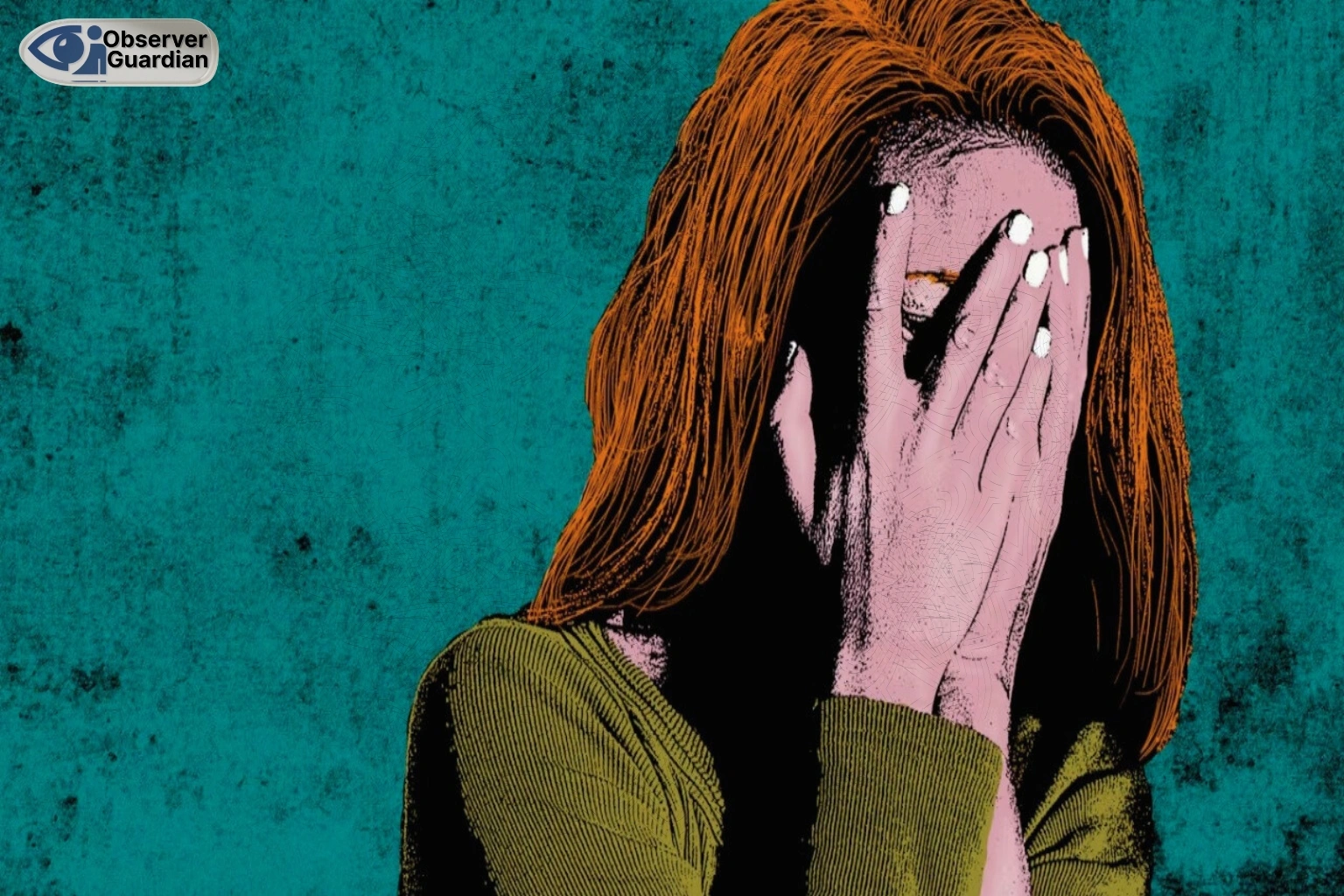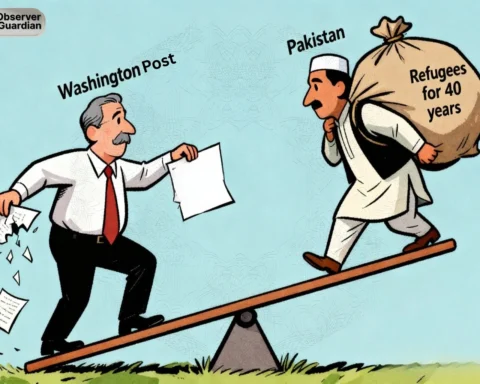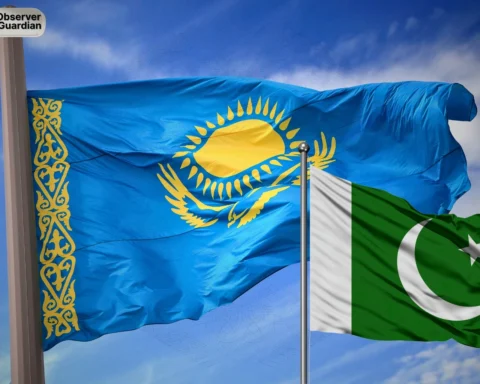From Stigma to Shortages
Mental health has become one of those things we can’t ignore anymore, even if some people still try to. Around the world, nearly a billion people live with some kind of mental disorder, according to the World Health Organization. That number is hard to wrap your head around. It’s like saying almost one in eight people you pass on the street is carrying something you might never see. The scale is massive, yet the systems built to help people are often fragile or missing entirely.
You notice it most when you compare countries. In some low and middle-income nations, there’s barely a handful of trained professionals serving huge populations. Imagine one psychiatrist for every 100,000 people. In richer countries, the resources look better on paper, more clinics, more therapists, more initiatives but even there, people hit roadblocks. The pandemic magnified all of it. Fear, job insecurity, isolation pushed a lot of people over the edge, and services everywhere struggled to keep up.
Stigma doesn’t help either. In plenty of communities, talking about depression or trauma still gets brushed off as weakness or something shameful. Even where therapy is accepted, cost can slam the door shut. Saying “reach out if you’re struggling” is good in theory, but if a single session costs more than someone can afford, it becomes empty advice.
In rural places, the gaps show up in a different way. Whether you’re in sub-Saharan Africa, South Asia, or a small town in the US, mental health care is often hours away or booked out for months. People lean on family, religious leaders, or friends, which can be supportive, but it doesn’t replace proper treatment when someone’s in real need.
Another big issue is how separate mental and physical health still are. You can walk into a clinic for high blood pressure and walk out without anyone asking about the stress that’s probably making it worse. The two are tied together, yet health systems keep them apart. A few countries have started training general doctors to screen for mental health issues, which feels like a step in the right direction, but it’s far from standard.
It’s not just a personal matter either. Untreated mental health problems spill into the wider economy. People lose work, productivity drops, and healthcare costs climb. The World Economic Forum has suggested trillions are lost every year this way.
That’s not just numbers. It’s students dropping out, parents who can’t keep jobs, families stuck in cycles they can’t get out of.
Some progress is happening. Teletherapy and mental health apps are reaching people who might not otherwise get help. Schools in certain places are teaching kids emotional resilience early, which makes sense why wait until people break down as adults to start the conversation? Governments are slowly adjusting budgets, though often the funding still feels like an afterthought compared to physical health.
Closing the gap requires more than new apps or more money. It comes down to how societies treat mental wellbeing in the first place. If we saw it as just as vital as safe housing or clean drinking water, policies would shift and so would attitudes.
That could look like training teachers to notice early warning signs, holding workplaces accountable for offering real support instead of token gestures, or simply making it normal to talk honestly about what you’re going through.
The solutions won’t look the same everywhere. What works in a London clinic won’t automatically translate to a rural Kenyan town or a small Indian village. But the bottom line is simple: everyone deserves the chance to be heard, to heal, and to live without carrying invisible weight alone. Mental health isn’t a luxury. It’s as basic as food, shelter, and safety.
Disclaimer: The views and opinions expressed in this article are exclusively those of the author and do not reflect the official stance, policies, or perspectives of the Platform.







